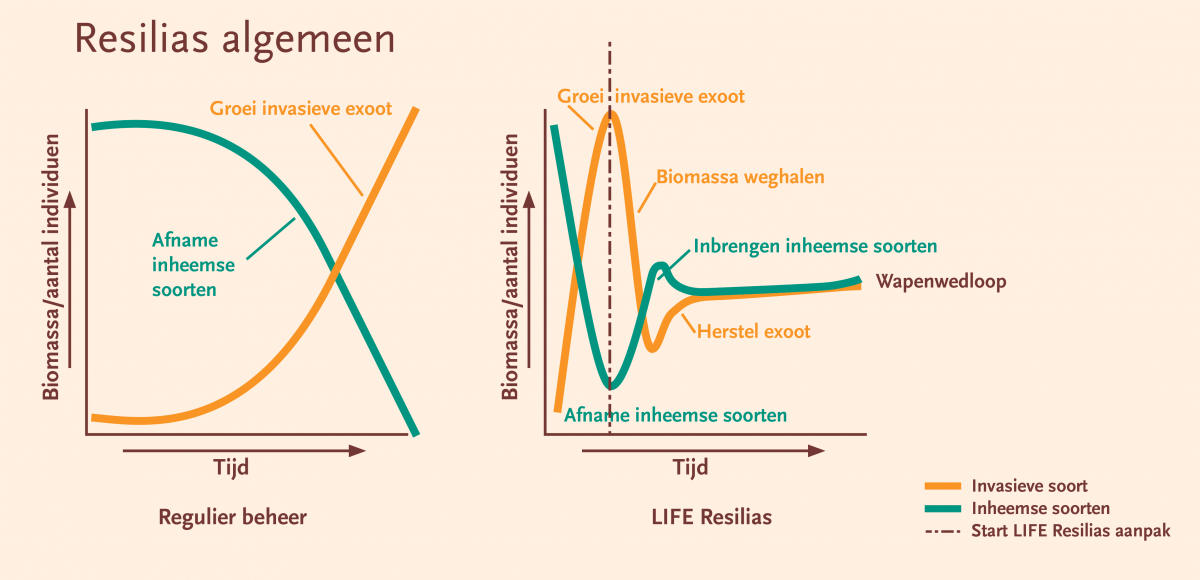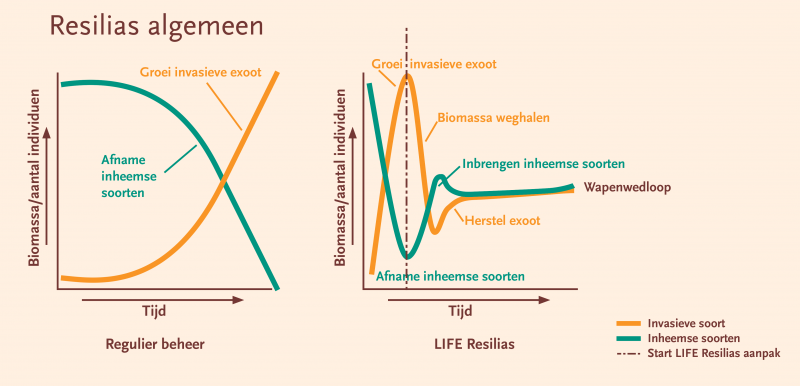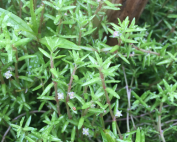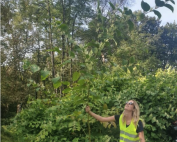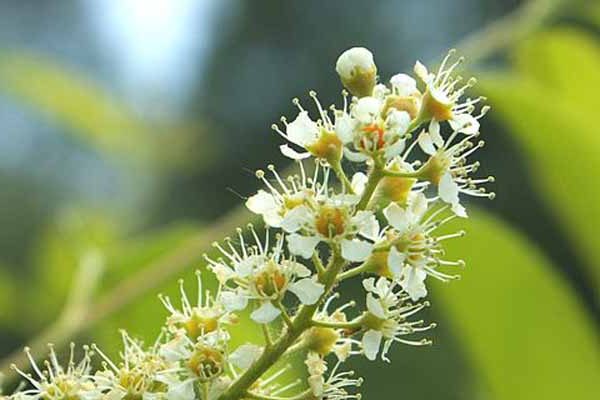
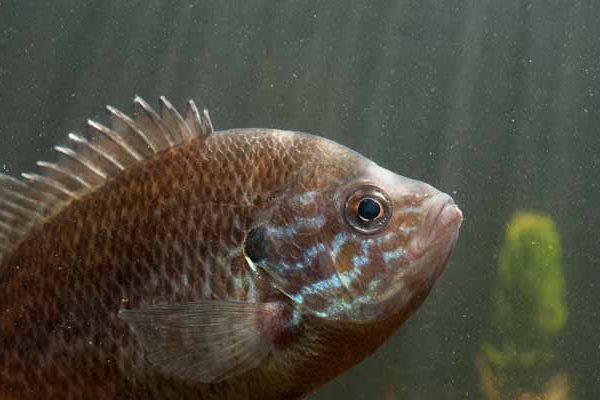
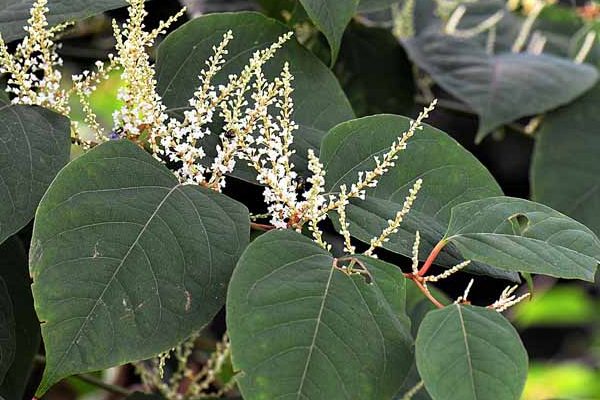
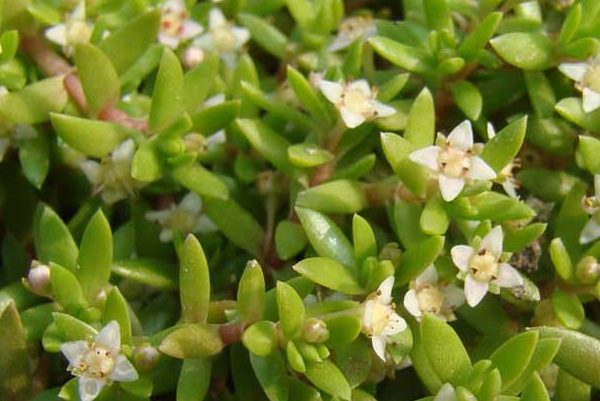
If you manage an ecosystem to be resilient enough, it can prevent the dominance of an invasive alien species itself
LIFE Resilias’ decision to strengthen ecosystem resilience rather than trying to eradicate invasive alien species (IAS), is based on the knowledge that fighting IAS is time-consuming, very expensive and often does not provide a long-term solution. It is almost impossible to eradicate widespread alien species completely. Certainly if you do not also work on the ecosystem itself. It is therefore more effective to look at how you can manage forests and nature in such a way, that the ecosystem is strong enough to prevent an alien species from threatening the native flora and fauna. In science this approach is called the ‘Ecosystem Resilience Approach (ERA)
An ecosystem resilience approach is widely applicable
Our ecosystem resilience approach is a widely applicable method, in which the alien species is basically given a place in the ecosystem, but without causing significant damage to the system and biodiversity. This is a relatively new approach in the field, based on the idea that trying to eradicate the alien species usually does not pay off and managing does. In this project we work with four invasive alien species, but in principle the approach can be applied to many ecosystems that are threatened by an invasive alien species.
Searching for the weak spot of the invasive alien species and the ecosystem
By searching for the weak spots of the alien species and the ecosystem, you can respond and strengthen the ecosystem in such a way that it stops the alien species from dominating its habitat. For example, by introducing native species that can compete with the alien species because they take away something that the alien species needs to be successful. For instance, sufficient light to be able to grow and spread quickly.
Natural approach
This approach is not only more effective, but also more natural and sustainable. After all, no poison is needed, and the use of machinery and manpower can be kept to a minimum in the long run. We simply help nature to get going, which makes the ecosystems more diverse and resilient. This makes them strong enough to hold on their own, despite the presence of invasive alien species. The increased resilience also reduces the chance of ecosystems being threatened by new invasive species.
The ecosystem resilience approach versus traditional regular management; instead of explosive growth at the expense of the native species under regular management (left), the ecosystem approach sees a moment when the dominance is broken and balance is created (right). A so-called ‘ecological arms race’. The invasive alien species is decreasing, the native species are increasing (Figure: Janneke van de Loop)
If you manage an ecosystem to be resilient enough, it can prevent the dominance of an invasive alien species itself
LIFE Resilias’ decision to strengthen ecosystem resilience rather than trying to eradicate invasive alien species (IAS), is based on the knowledge that fighting IAS is time-consuming, very expensive and often does not provide a long-term solution. It is almost impossible to eradicate widespread alien species completely. Certainly if you do not also work on the ecosystem itself. It is therefore more effective to look at how you can manage forests and nature in such a way, that the ecosystem is strong enough to prevent an alien species from threatening the native flora and fauna. In science this approach is called the ‘Ecosystem Resilience Approach (ERA)
An ecosystem resilience approach is widely applicable
Our ecosystem resilience approach is a widely applicable method, in which the alien species is basically given a place in the ecosystem, but without causing significant damage to the system and biodiversity. This is a relatively new approach in the field, based on the idea that trying to eradicate the alien species usually does not pay off and managing does. In this project we work with four invasive alien species, but in principle the approach can be applied to many ecosystems that are threatened by an invasive alien species.
Searching for the weak spot of the invasive alien species and the ecosystem
By searching for the weak spots of the alien species and the ecosystem, you can respond and strengthen the ecosystem in such a way that it stops the alien species from dominating its habitat. For example, by introducing native species that can compete with the alien species because they take away something that the alien species needs to be successful. For instance, sufficient light to be able to grow and spread quickly.
Natural approach
This approach is not only more effective, but also more natural and sustainable. After all, no poison is needed, and the use of machinery and manpower can be kept to a minimum in the long run. We simply help nature to get going, which makes the ecosystems more diverse and resilient. This makes them strong enough to hold on their own, despite the presence of invasive alien species. The increased resilience also reduces the chance of ecosystems being threatened by new invasive species.
The ecosystem resilience approach versus traditional regular management; instead of explosive growth at the expense of the native species under regular management (left), the ecosystem approach sees a moment when the dominance is broken and balance is created (right). A so-called ‘ecological arms race’. The invasive alien species is decreasing, the native species are increasing (Figure: Janneke van de Loop)




Latest news
Experiences with tackling knotweed in stream valleys
Rob van der Burg is an ecologist at Bosgroep Zuid Nederland and co-responsible for implementing, monitoring and evaluating the ecosystem approach to [...]
ICAIS symposium
This week the ICAIS symposium takes place in Halifax, Canada. This symposium focuses on the latest scientific knowledge surrounding aquatic invasive exotic species. Experts [...]
Interesting developments in the ecosystem approach to Japanese knotweed
On roadsides, things seem to be going in the right direction with the ecosystem approach to Japanese knotweed. Since 2021, Janneke van der [...]


